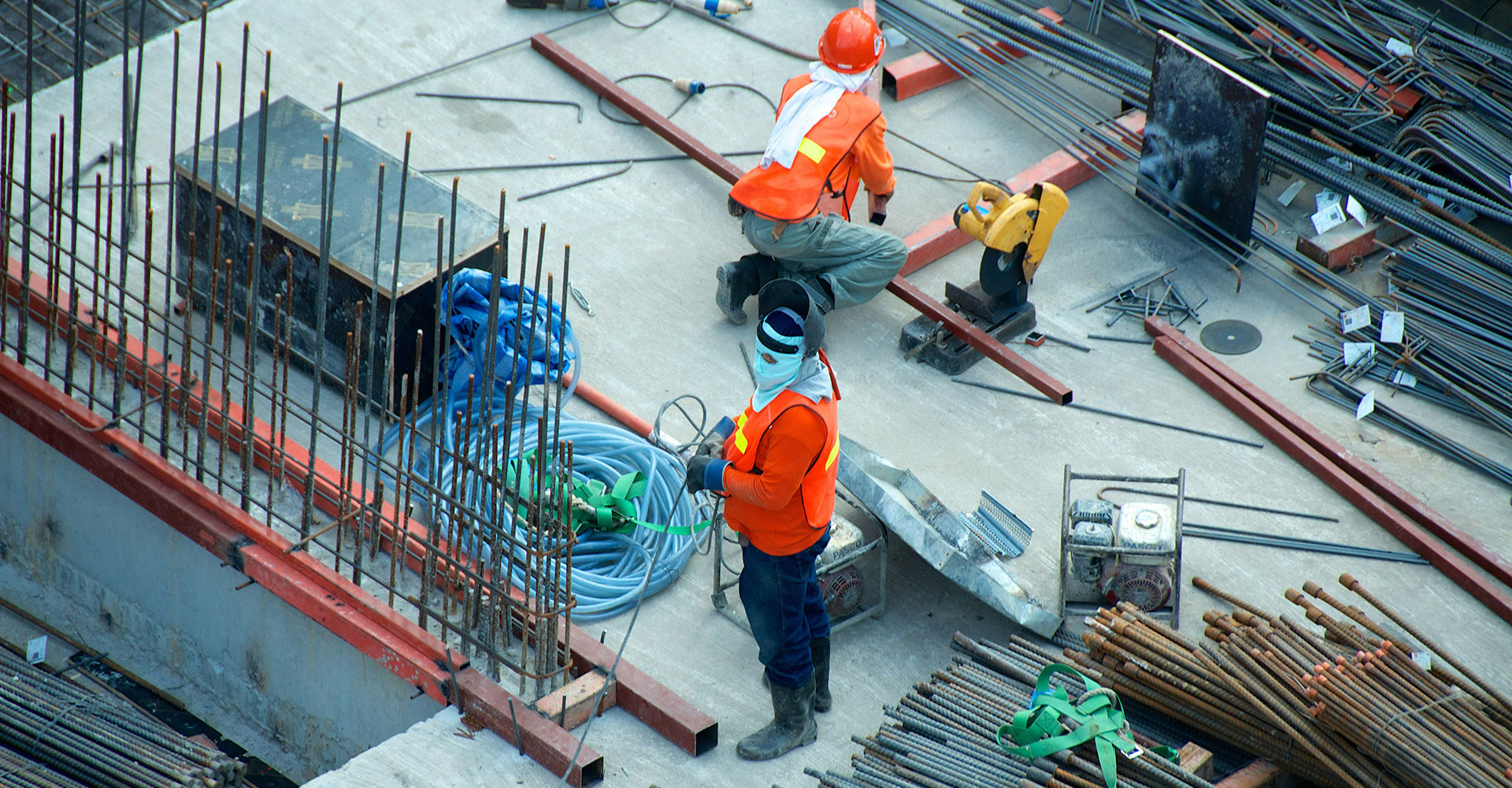Supply chain bottlenecks resulting from the COVID-19 pandemic have driven inflation at a higher rate than we’ve seen in decades. Many economists theorize it’s not a matter of if but when the Federal Open Market Committee (FOMC) will begin to raise interest rates.
Traditionally, the Federal Reserve raises interest rates to slow inflation and to soften robust economic growth and demand. However, while demand for many products has been strong, the current price increases stem from tight supplies because of the logistics and supply chain snarls. Financial policy is less effective against supply-side increases as demand-side increases.
Comerica Inc. economists forecast that the FOMC will keep interest rates where they are for another year—unless inflation rates don’t slow or even fall. An early November U.S. outlook noted that by tapering its asset protection program, the Federal Reserve continues supporting the country’s economy.
“We expect tapering to continue through the first half of [2022] until the Fed’s balance sheet is stabilized. That milestone will start the countdown toward interest rate liftoff from the zero lower bound. For now, [Comerica’s economists] are maintaining our forecast for liftoff in December 2022. But an increase in the pace of tapering this spring could signal that the Fed is concerned about inflation and wants to pull liftoff forward.”
FOMC raised interest rates last in 2015 but began trimming them back in 2019 as economic growth relaxed. The U.S. economy’s sharp fall in Q2 2020 propelled the committee to drop federal funds rates to zero.
Consumer Price Index (CPI) Stays High in 2022
Recent outlooks anticipate the CPI will stay high next year. It increased 6.2% in October—the greatest rate in over 30 years. According to the U.S. Department of Labor, the producer price index (PPI)—measuring average changes in prices paid to domestic producers—grew 8.6% in the past 12 months, up 0.6% in October alone.
Rising Rates Are Coming
Earlier this year, most economists thought the FOMC would opt to wait to raise waits until 2023, giving the economy more time to recover from 2020’s deep downturn. But the Fed more recently signaled the possibility of raising interest rates in Q3 2022. Bond markets—anticipating two quarter-point increases in the second half of 2022—have started pricing accordingly.
Commercial borrowing won’t feel the effect of increased interest rates, as long as they’re modest. The Mortgage Bankers Association (MBA) recently released its annual forecast predicting a sharp drop next year in refinance demand. The MBA predicts total origination volumes will fall to $2.59 trillion—a 33% drop.
Average rates on 30-year fixed loans may rise to 4%, one percentage point higher than its current rate. If so, we can expect a 62% drop in refinance originations to $860 billion, deepening an anticipated 14% decline this year to $2.46 trillion.
Michael Fratantoni, MBA’s chief economist, says, “The economy and labor market rebounded in 2021, but overall growth fell short of expectations because of stubborn supply chain issues that fueled faster inflation, slowed consumer spending, and presented challenges in filling the record number of job openings available. With inflation elevated and the unemployment rate dropping fast, the Federal Reserve will begin to taper its asset purchases by the end of this year and will raise short-term rates by the end of 2022.”
VP of industry analysis at the MBA, Marina Walsh says, “Many lenders will rely more heavily on their servicing business to achieve business goals. With the expiration of many COVID-19-related forbearances and the need to place borrowers into post-forbearance workouts, the servicing outlook is more complicated today.” Servicing costs could also rise next year to address requirements and needs of regulators, investors, and borrowers.
Raphael Bostic, president of the Atlanta Federal Reserve, also anticipates a higher interest rate hike at some point in 2022 should inflation persist and the economy continue growing. He predicts a possible rate increase in late Q3 or early Q4 next year. He disagrees with some theorizing that the current inflation, currently at a 30-year high, is transitional. Bostic believes disruptions will last longer—with demand high and labor markets still working to regain their momentum—well into next year.
In November, top Fed officials said the economy’s rapid recovery and extended high inflation are both justifications for the central bank to raise interest rates before 2022 ends. In the past 12 months, prices have risen 4.4% according to the Fed’s PCE inflation gauge. According to the CPI, they’ve risen 5.4%. Next year, as supply bottlenecks clear and labor shortages decrease, economists including Federal Reserve vice chairman Richard Clarida and chairman Jerome Powell believe inflation will slow to about 2.25%.
It Isn’t “If” but “When” Rates Will Rise
Meanwhile, the Fed began phasing out its purchases of U.S. Treasuries and mortgage-backed securities in November. Attempting to keep U.S. interest rates low, it had been buying $120 billion in securities. Bond purchases did help with economic recovery, but some economists believe those purchases also contributed to higher than usual inflation rates.
Rate increases aren’t a matter of if—but when. And right now, if you’re a betting person, put your money on a Q3/Q4 2022 or Q1 2023 for interest rate increases.
The market has evolved and continues changing. Investors may need to change their approaches, too. And if you’re a CRE investor, you’ll want to work with the professionals who are equally vested in acknowledging changing conditions and making the right recommendations to make the smartest investment. Talk to one of us here at CREA United. Our members include Erin Hoffman, of Certified Financial Services; Pete Rosas, of Capital One Bank; Lisa Wagner, of ConnectOne Bank, Kevin J. Hansen, CPA, of Sax LLP; William Schmid, of Provident Bank; Frank Levine, of Certified Financial Services, LLC; Matthew Putnam, of Dogwood State Bank SBL; Daz Connell, of Murphy Business Sales; and Darren M. Lizzack and Randy Horning, of NAI James E. Hanson.
